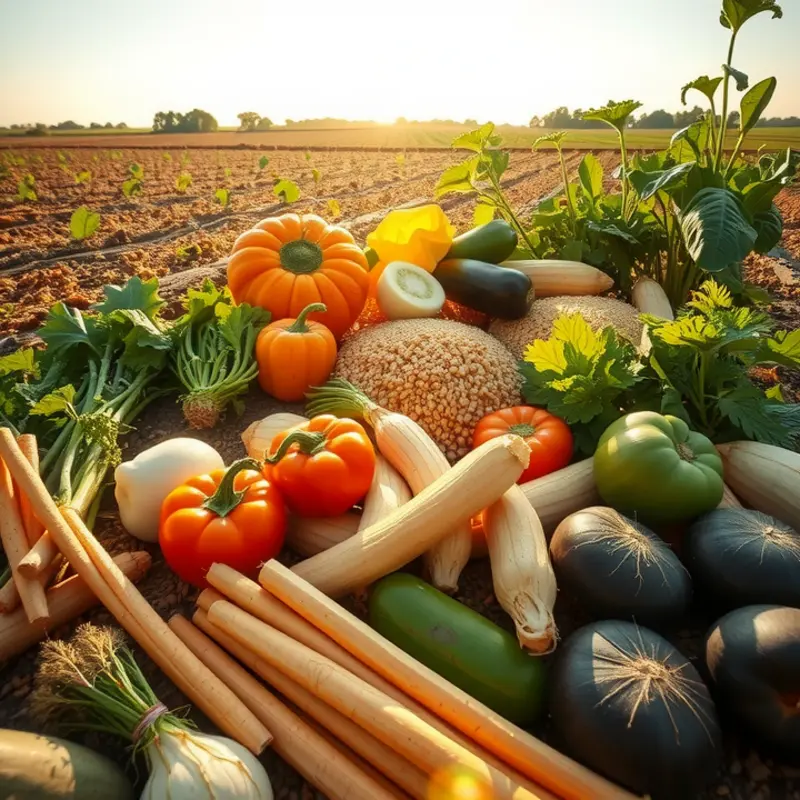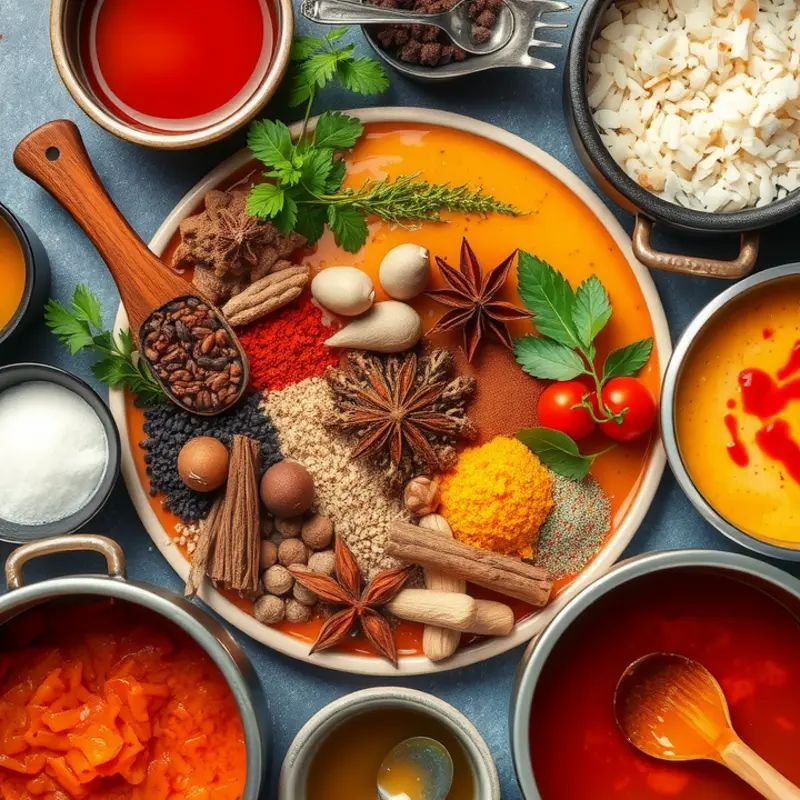Whether you’re simmering a savory stew or crafting a delicate cream sauce, knowing how to effectively thicken your sauces can elevate your dishes. This guide connects home cooks of all levels to tried-and-true methods for achieving perfectly thickened sauces, making your culinary creations not only delicious but visually appealing as well.
Master the Classics: Roux & Slurry

Exploring the craft of sauce making begins with understanding the foundational techniques of thickening. Two time-honored methods, the roux and slurry, are central to achieving the perfect sauce texture. Let’s delve into their unique attributes and applications.
A roux is a classic thickener composed of equal parts fat and flour. It’s notably used in French cuisine as the cornerstone of béchamel and velouté sauces. Understanding the roux comes down to thoroughly cooking the flour and fat mixture to eliminate any raw flour taste. Start by melting butter in a skillet over medium heat, then whisk in all-purpose flour until you achieve a smoothly combined paste. The key is to cook it gently, allowing the mixture to transform in color—from white to blonde to brown—each suited for different applications.
For white sauces, a white roux should suffice; it cooks for only a couple of minutes. Blonde roux requires another minute or so, and suits dishes like cheese sauces or gravies. Dark roux, cooked yet longer until brown, develops nutty flavors that enhance dishes like gumbo.
Day-to-day use of roux varies. A white or blonde roux seamlessly thickens creamy sauces and soups, while a dark roux deepens the flavor profile in stews and hearty dishes. When creating a roux, maintain a ratio of one tablespoon of butter and flour per cup of liquid. To avoid clumps, whisk the roux with a small amount of cold or room temperature liquid into a smooth paste before incorporating the rest.
On the other hand, a slurry offers a quick, no-cook solution. Commonly made using cornstarch and water, slurries are ideal for clear sauces or when time is of the essence. In East Asian cuisine, many glossy stir-fry sauces rely on this method.
To create a cornstarch slurry, stir together one tablespoon of cornstarch with an equivalent amount of cold water. For precision, a ratio of two teaspoons per cup of sauce will generate a desirable viscosity. It’s crucial to mix the cornstarch with cold liquid to prevent any lumps before adding it gradually to a hot sauce, stirring constantly until it thickens.
While a roux adds richness and flavor, a slurry provides transparency and a clean taste, often favored in dishes where maintaining the sauce’s clarity is important. Understanding these nuances allows you to choose wisely based on the character of the dish you’re preparing.
Yet, achieving the right consistency is an art. With roux, always aim for a smooth incorporation by whisking vigorously during the cooking. Slurries require attention to liquid temperature and timing—add them toward the end of cooking for best results. Both methods open doors to countless flavor experiences.
As you continue your culinary journey, consider not just the taste but also the foundational techniques enhancing each dish. For further insights on sauce storage and reduction techniques, explore resources on Safer Storage of Sauces. Mastery comes not from shortcuts but from essentials, like roux and slurry, laying groundwork for culinary excellence.
Advanced Techniques: Cornstarch and Reduction

Mastering sauce thickening involves not only skills but also understanding the interactions of ingredients. Two advanced techniques, cornstarch and reduction, can elevate your sauces, imparting them with a luscious texture and deep flavor.
Cornstarch for a Glossy Finish
Cornstarch, a pure starch derived from corn’s endosperm, is excellent for creating a silky, glossy sauce. It is often used in Asian cuisine for thickening sauces quickly without altering the flavor. To effectively incorporate cornstarch into your sauce, start with a slurry. Combine equal parts cornstarch and cold water until smooth. Cold water is essential, as mixing cornstarch with hot liquid directly can result in undesirable lumps.
Once prepared, bring your sauce to a gentle simmer and gradually stir in the slurry. The heat will activate the starch, causing the sauce to thicken rapidly. Stir constantly to prevent clumping and maintain an even consistency. It’s worth noting that cornstarch continues to thicken as it cools, so achieve a slightly thinner texture than desired if serving later.
Keep in mind that cornstarch works best with transparent or lightly colored sauces. Darker sauces may appear cloudy, which may not be the visual effect you’re aiming for. Additionally, acidic ingredients can diminish its thickening power, so adjustments may be necessary.
Reduction for Depth of Flavor
Reduction is a classic technique that involves simmering the liquid component of your sauce until much of it evaporates. This method not only thickens the sauce but also intensifies its flavors. Begin by selecting your base liquid—such as broth, wine, or juice—and cook over medium heat. Avoid high heat, as this can cause burning or over-concentration of certain flavors.
The process may take time, requiring patience as flavors meld and moisture evaporates. Stir occasionally to prevent the sauce from sticking to the pan and burning. As the sauce reduces, its flavors become more concentrated, creating a robust profile. For even deeper flavor nuances, incorporate aromatics like shallots, garlic, or herbs during the initial stages.
While reduction enhances taste, be mindful of seasoning. As the liquid volume decreases, the saltiness will become more pronounced. Hence, it’s advisable to add salt after reducing to avoid an overly salty outcome. This technique is excellent for sauces where richness is desired, such as gravies or wine-based reductions.
For those interested in exploring sauce storage and safety to complement this thickening mastery, you might find useful tips in our guide on safer storage of sauces.
Navigating these advanced techniques requires practice and patience, yet understanding these nuances can transform your sauce-making craft, leaving you with rich and flavorful results every time.
Final words
Thickening sauces is a crucial skill for any home cook wanting to enhance their culinary repertoire. By mastering fundamental techniques like roux and slurry alongside advanced methods such as cornstarch and reduction, you can create sauces that elevate your dishes from ordinary to extraordinary. Keep practicing, and don’t hesitate to experiment with different approaches until you discover what works best for your style and palate. Each sauce is a new opportunity to express flavor and creativity in the kitchen!







